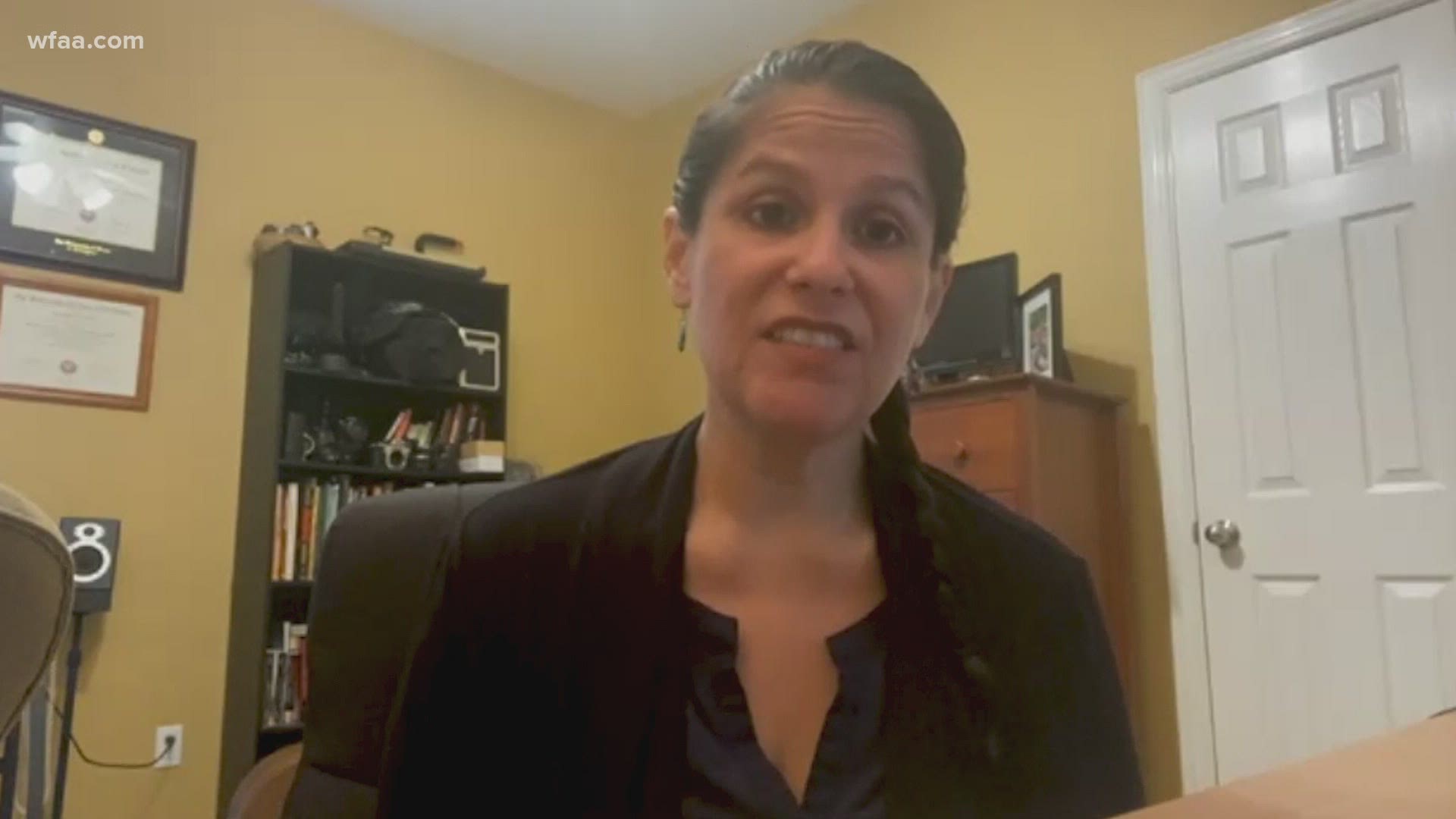FORT WORTH, Texas — Texas’s Department of State Health Services has added so much information to its COVID-19 website it now has two separate dashboards to include it all along with a handful of Excel spreadsheets as well.
Diana Cervantes is an epidemiologist at UNT Health Science Center where she teaches on how people react during pandemics.
“I love to see how people perceive information,” she said.
She says there’s a point with each virus where people can get exhausted trying to understand the numbers and risks, and that’s about where we’re at now.
“That is something that happens in every single outbreak,” she said.
In a Facebook post this week, Collin County Judge Chris Hill says he’s upset over another new statistic: probable cases.
He also announced the state would take over the reporting and contact tracing for the virus before saying Tuesday that the county would continue to do the work — at least, until a special Friday meeting.
Cervantes says using probable cases is standard practice. One example of a probable case: A woman tests positive, but her husband, who doesn’t want to be tested, also has symptoms.
“That is common for many diseases,” she said. “We couldn’t do it earlier. We were at the point of trying to understand more about this disease.”
Hill’s post said the state’s definition makes it seem like there will be a lot of false positives if someone in the county simply had a headache and shortness of breath.
Cervantes says that’s not the case, and there are investigations into each case. On top of that, there is a line in definition about there not being any alternative diagnosis.
“It helps you better understand the disease,” she said. “You can cast a broader net.”
Cervantes added, though, that the state’s summary of the long guidance appears to have left off a line about the importance of person-to-person contact in deciding a probable case.
“I don’t think that they understood that they omitted a very important piece of information,” she said.
Hill said in another post Tuesday he spoke to state leaders today and feels more at ease now.
State officials with DSHS said they’re not sure when or how they’ll share the probable cases.
Cervantes has worked for both local and state health departments in the past.
“There is pressure during these times to add more and more data based on what politicians want to see,” she said.
From spreadsheets to graphs and maps, it’s easy to get overwhelmed. Right now, the numbers are showing the first signs of downward trends, but that could quickly change if people decide to give up on following the numbers.
Cervantes wants both state and local officials to add context to what they’re sharing.
“The interpretation is crucial to giving people that understanding that this is what all of this data means,” she said. “When it’s so much, they’re just inundated, and they’re likely forget it.”

